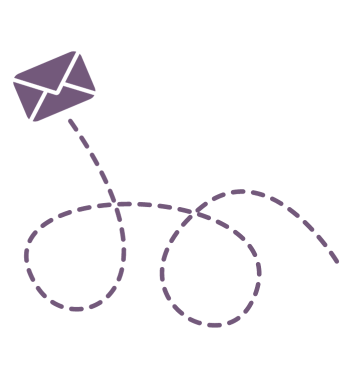Automation is ruling the world and it’s everywhere, in every industry and field. Businesses are adopting automation at a faster rate as it speeds up tasks and helps them to save money by doing the task faster and efficiently without the use of manpower. They need to invest less amount of money to buy such tools as compared to what they were investing to hire manpower so it’s a very cost-effective solution.
Here we are going to talk about one such tool, Zapier, a marketing and workflow automation tool that helps companies to automate their tasks with ease. It supports 7000+ apps and acts as a bridge to connect two different apps to automate tasks and streamline workflows in between. You don’t need coding knowledge to execute these tasks.
In order to connect two different apps, you need to create “Zaps” that works in two steps:
- Trigger – It starts the workflow when an event occurs (When already set conditions match) For e.g. When a form is submitted on Facebook
- Action – Zapier performs an action for that trigger, for e.g. Create a lead into Zoho
Let’s understand Zapier with some use cases:
- Lead Automation – If you are running ads on Facebook or LinkedIn and wish to send leads directly into a CRM/email marketing tool then you need to connect such zaps.
- Email Automation for duplicate leads – Send email notification if signed-up leads already exist in the CRM
- Sales Automation – Send a notification to your sales team group in Asana for every new deal created in your CRM
- Google Sheet – Send duplicate leads to a Google sheet that already exists in CRM
- Task Creation – Create tasks in Slack if the task is created in your CRM system
- Support – Generate support tickets from emails sent by the customer in tools like Zendesk



